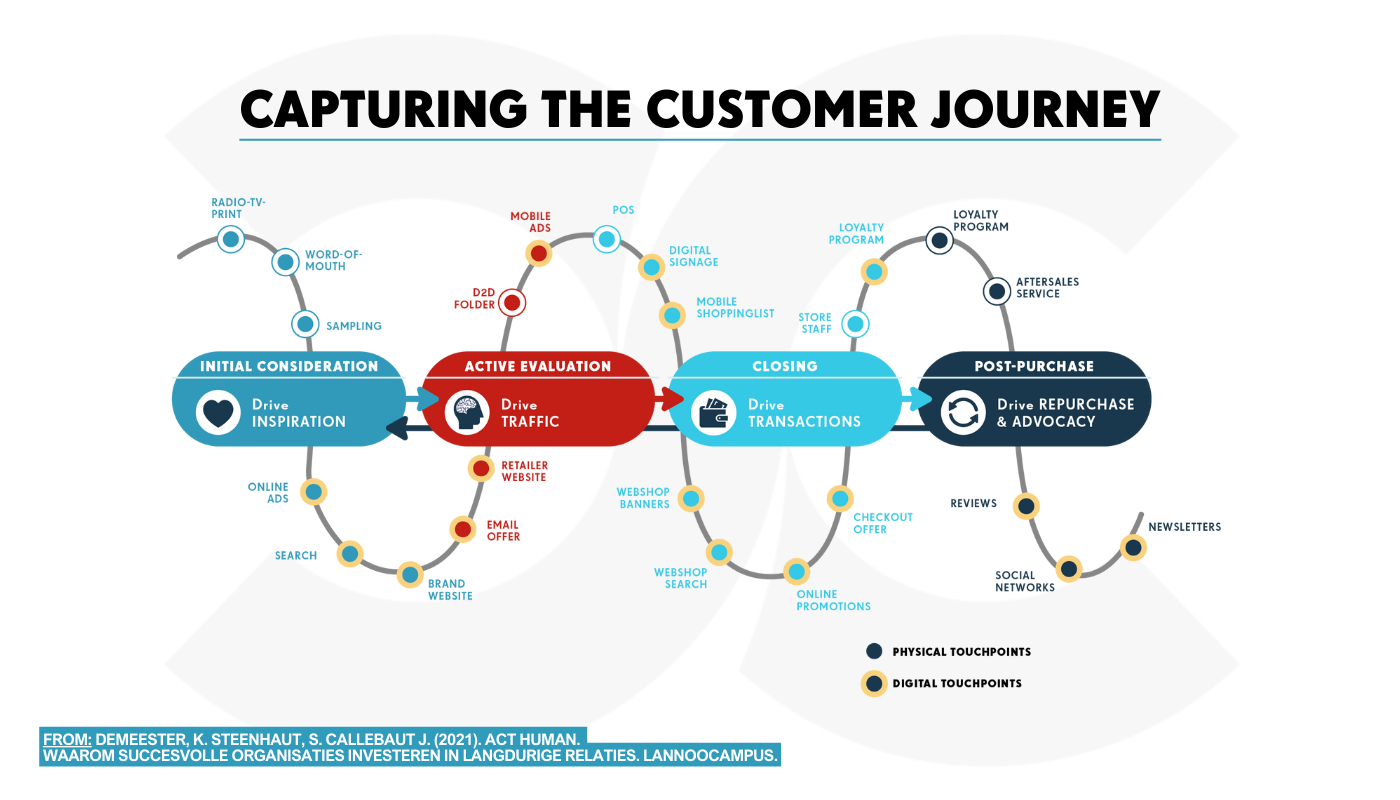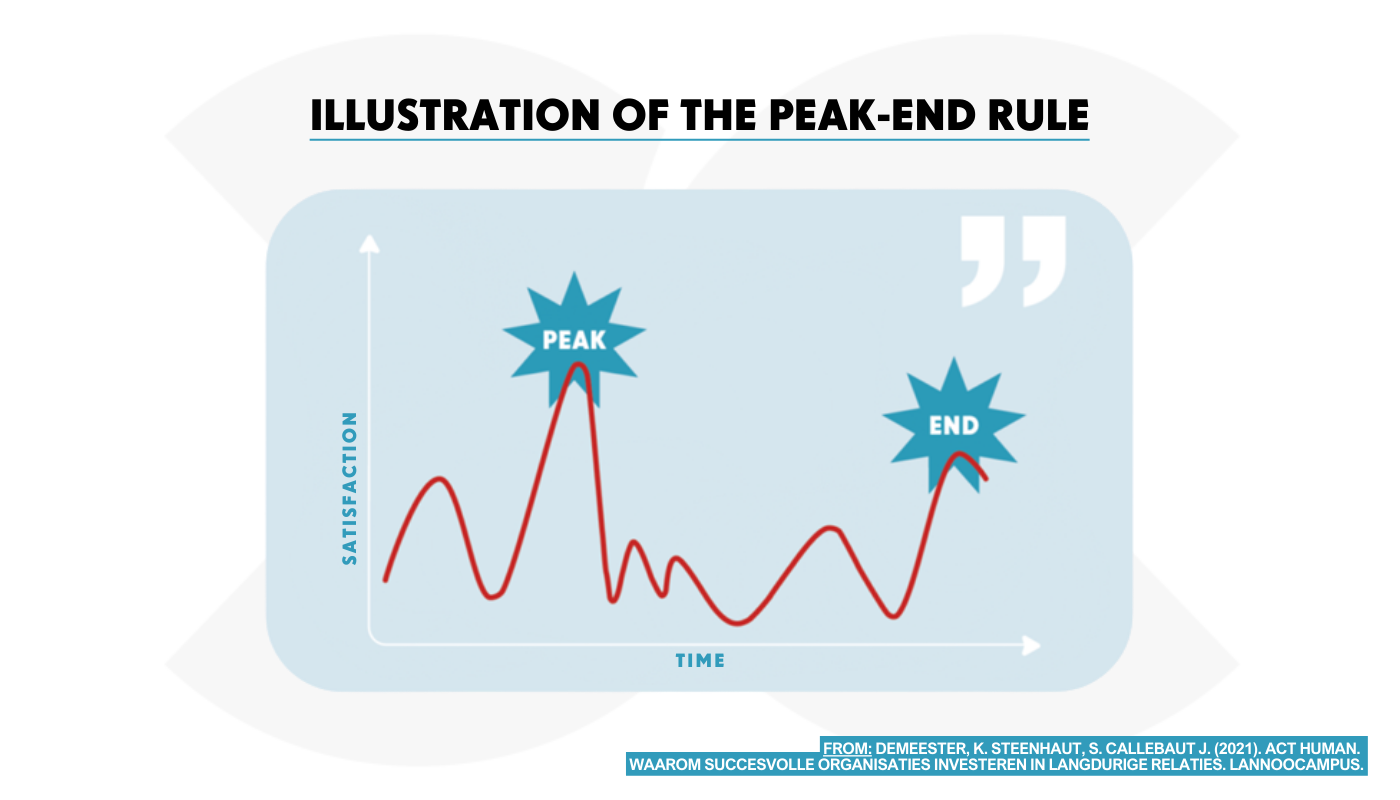The customer journey map
A customer journey map (also: customer experience map) allows us to document the journey of a customer (persona) by depicting the different touch points that characterize his interaction with our service or product. It is a useful tool to map out where the highlights, pain points and “moments of truth” are in the relationship with the brand.
Then we can also see where we should look for solutions – often digital – to make it easier for the customer to either take the next step in the journey or skip one or more steps. Players such as Amazon are going particularly far in this regard, by making steps unnecessary each time, to eventually automate the buying process completely. For example, customers can already do their shopping without having to select products thanks to the voice assistant Alexa and the Amazon Echo. The next step, based on previous purchasing behaviour and additional customer data, is to have orders delivered to the home that they know the customer needs even before they themselves realize they are almost out of pampers, toilet paper or soda.
In short, the customer journey helps us look through the eyes of the customer using an objectified outside-in perspective. There are several ways to do so: looking at the customer journey related to a specific product or experience, or looking at the entire brand life cycle (from getting to know the brand to being a brand ambassador). This allows us to evaluate whether we are meeting our customer’s expectations, but equally well meeting our own objectives. We also learn which touchpoints/channels to focus on, allowing us to continuously optimize the customer experience.
It is important, however, not to consider the customer journey as a static object. The consumer’s context and expectations are constantly and rapidly changing, and so is his/her journey. If we don’t regularly map out this entire process, we can easily forget a step in the decision, purchase or consumption process that can determine whether a prospect chooses us or a competitor; or whether a customer returns or looks for an alternative after all.




